A Simple Guide for Stretching Your Own Canvas

Painting on pre-stretched, store-bought canvas is a quick and easy solution for many artists, but it comes with some limitations. You may decide that stretching your own canvas is what you need to maintain greater control. When just getting started, stretching your own canvas can be a bit challenging as you seek to understand the nuances of the canvas, stretcher bars, and primers. In this overview of the process, we’ll break down the essential aspects so you can make informed decisions about what will work best for you.
Types and Weights of Canvas
When it comes to canvas, one of the first considerations is weight. Canvas weight refers to the thickness and density of the fabric, typically measured in ounces per square yard (oz/yd²) or grams per square meter (gsm). Common weights range from lightweight (6-8 oz/yd²) to heavyweight (12-15 oz/yd²), with variations in between.
Linen and cotton are commonly used for painting surfaces. Linen canvas is known for its strength, longevity, and smooth surface, making it a preferred choice for professional artists. Cotton canvas is more affordable and versatile and offers a wide range of textures and finishes.
Lightweight canvas is ideal for smaller works, studies, or sketches, offering ease of handling and flexibility. Medium-weight canvas strikes a balance between stability and maneuverability and is suitable for most painting approaches. Heavyweight canvas provides more robust durability and stability for larger-scale works or heavy painting techniques.
Advantages of Artists’ Canvas over General Purpose:
While general-purpose canvas may work for casual or beginner projects, artists’ canvas offers several advantages that affect the quality and longevity of your work. Artists’ canvas is crafted with more precision and consistency, with greater care given to the surface weave and texture.
The surface of artists’ canvas is typically smoother and more uniform than general-purpose canvas. This provides a better foundation for paint layers. Additionally, artists’ canvas is often pre-primed with gesso, making it ready to paint directly from the store.
Stretcher Bars
Canvas needs to be stretched over stretcher bars primarily to create surface tension, ensuring a smooth and taut painting surface that prevents sagging or buckling. Stretcher bars also offer support and stability, preventing warping or distortion over time. Stretched canvas can be easily framed or displayed without additional mounting, with the edges painted or wrapped around the sides of the stretcher bars for a finished presentation.
There are several factors to consider when purchasing stretcher bars. High-quality artist-grade stretchers will be made with kiln-dried wood like pine, fir, or cedar and will be straight, with no warping or twisting. Thickness ranges from 3/4 inch (Standard) to 2 inches (Heavyweight); choose a thickness that suits the size and weight of your canvas. Additionally, consider the profile of the stretcher bars, whether standard, gallery wrap, or deep edge, depending on your aesthetic preferences and framing requirements. Stretchers are milled with mortise and tenon, or finger-jointed corners, that make them easy to assemble and come with keys that allow for adjusting tension.
Priming Canvas
Once the canvas has been stretched, it needs to be primed with gesso to ensure effective paint adhesion over time. Gesso—a mixture of chalk, gypsum, and binder—is painted onto the surface of the canvas to create a smooth, absorbent ground for painting. This primes and seals the fabric, preventing the paint from seeping into the canvas fibers. It also provides a toothed surface for paint adhesion and layering of paint.
Acrylic Gesso
Acrylic gesso has become the preferred choice for priming canvas due to its versatility, flexibility, and durability. Unlike traditional gesso, which is made from animal glue and gypsum, acrylic gesso is composed of acrylic polymer emulsion and calcium carbonate.
Acrylic gesso dries quickly and provides a flexible yet durable surface that resists cracking, yellowing, and flaking over time. Additionally, acrylic gesso can be tinted or textured to suit specific artistic preferences, offering a range of possibilities.
Traditional Oil Painting Ground
For artists working with oil paints, traditional oil painting ground, also known as oil primer, offers several advantages over acrylic gesso. Oil primer is typically composed of a mixture of linseed oil, pigment, and additives such as lead carbonate or titanium dioxide, and creates an absorbent surface that allows for strong adhesion, smooth blending, glazing, and impasto techniques.
Prior to applying oil primer, the canvas needs to be sized with polyvinyl acetate (PVA) sizing. PVA sizing creates a barrier between the canvas and oil ground, reducing the risk of deterioration and ensuring the longevity of your work.
Explore & Experiment
With the right materials, preparing your own canvas can be rewarding and deliver a level of precision that is difficult to achieve with pre-stretched and pre-primed canvas.
Take some time and experiment with different canvas weights, stretchers, and primers to determine what works best for you and your painting approach. Do you stretch your own canvas? Tell us what you use!

Meet the Artist
Scott Maier is an artist and a content contributor to artistsnetwork.com. He’s also the author of the instructional art book See, Think, Draw: An Easy Guide for Realistic Drawing and Beyond.

From Our Shop
This article contains affiliate links that help us earn a small commission from purchases — at no additional cost to you. We are grateful for your support.

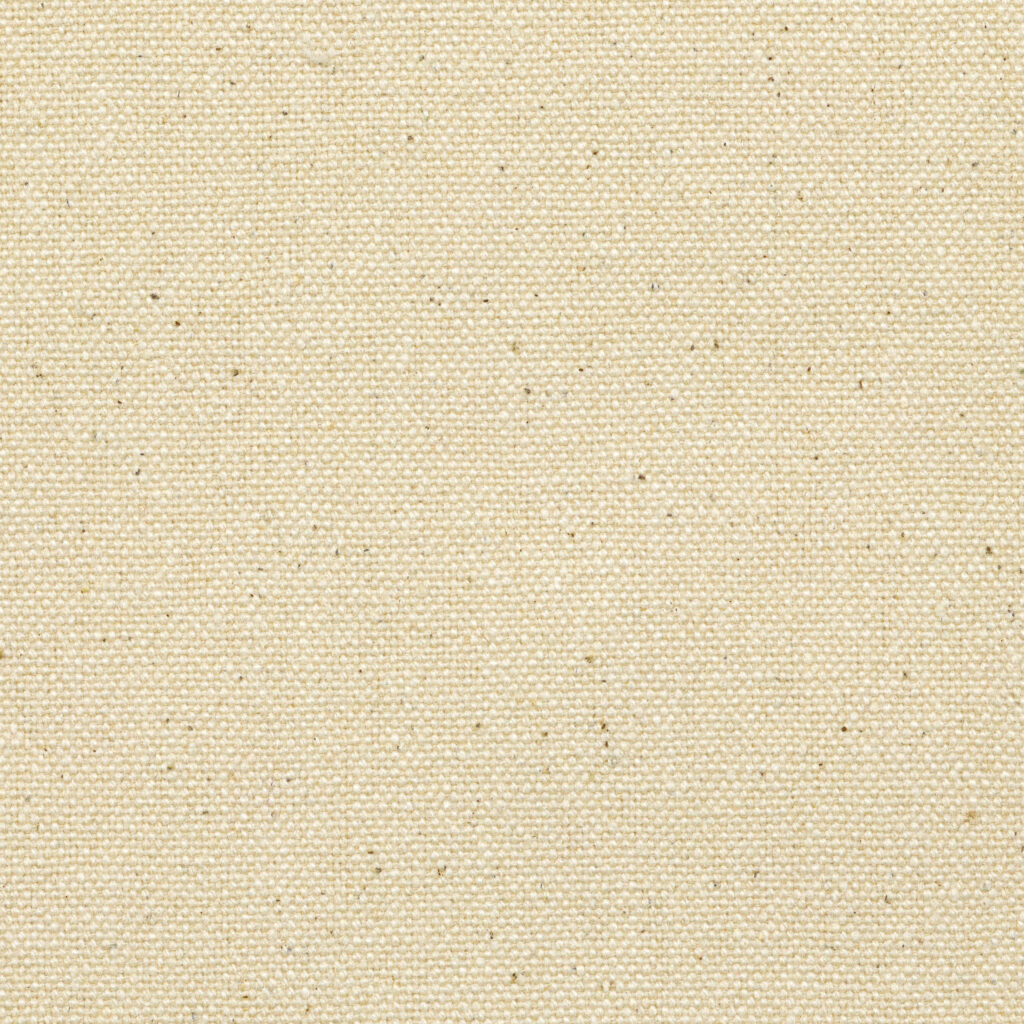
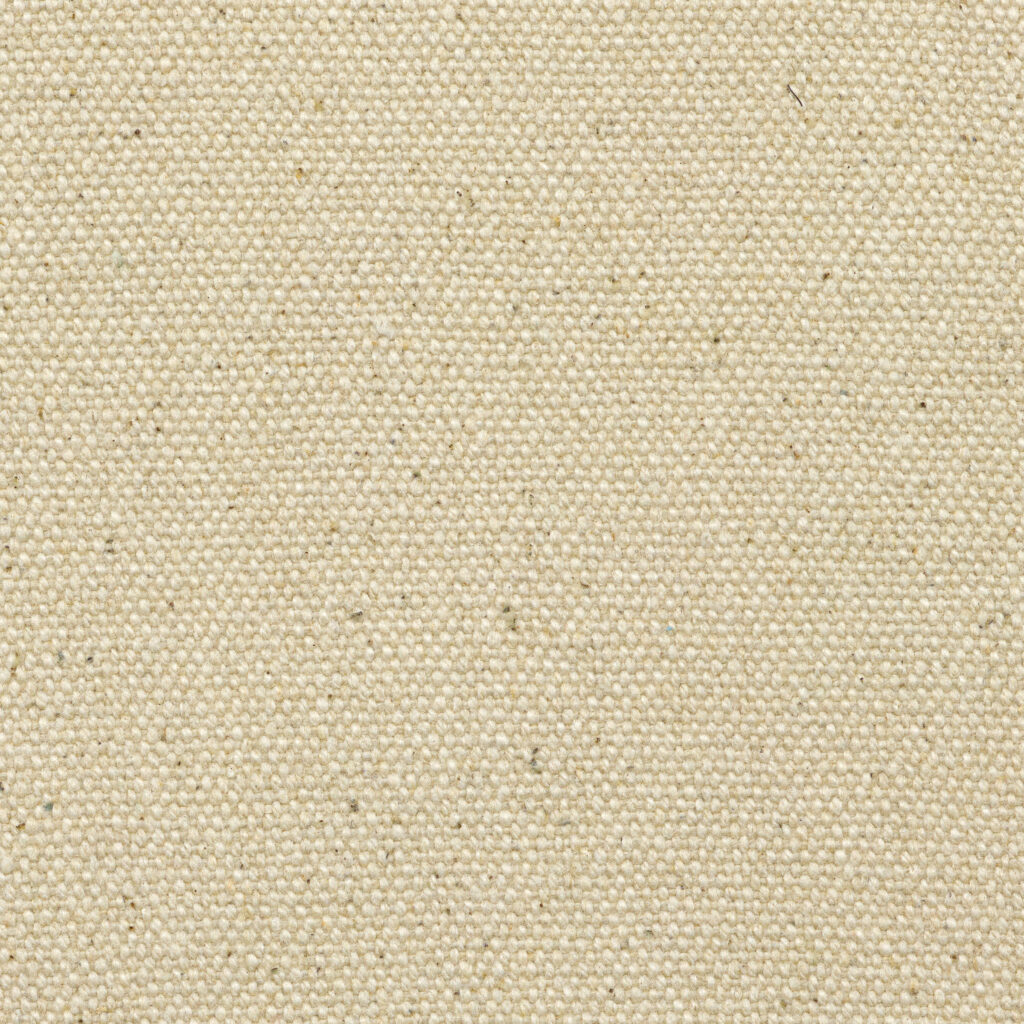

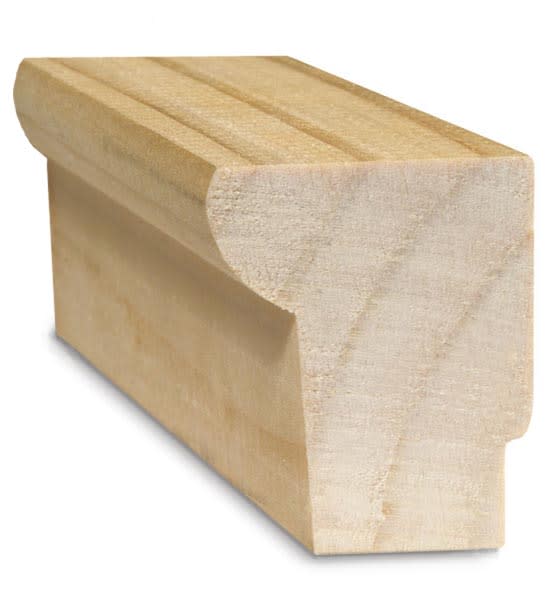

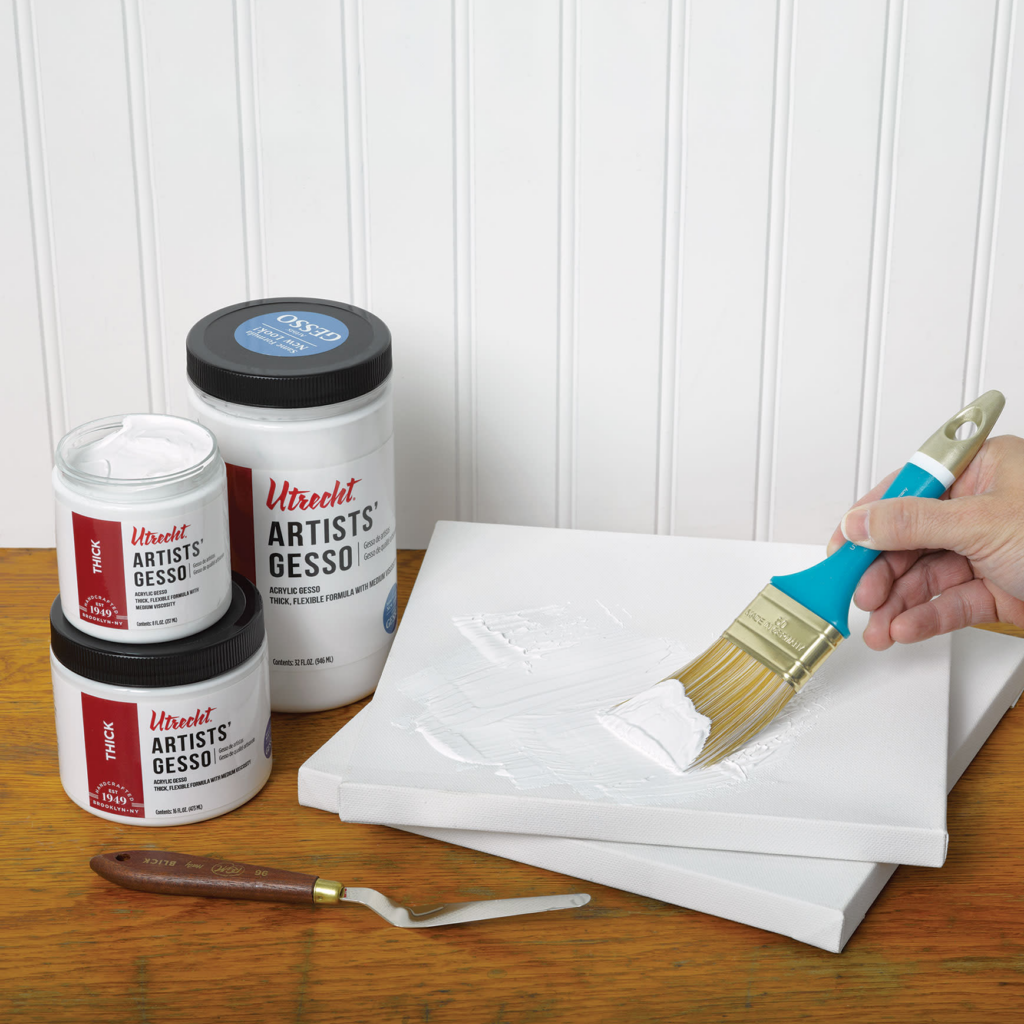




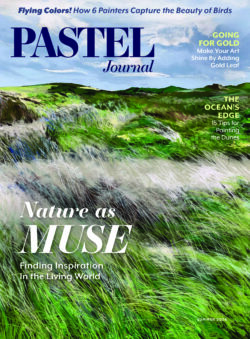

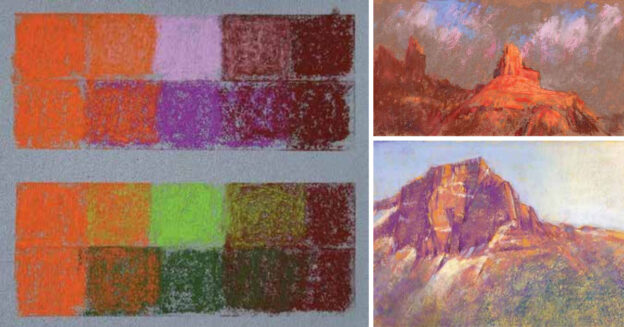

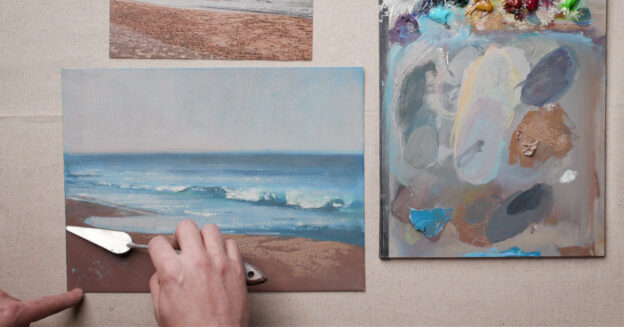




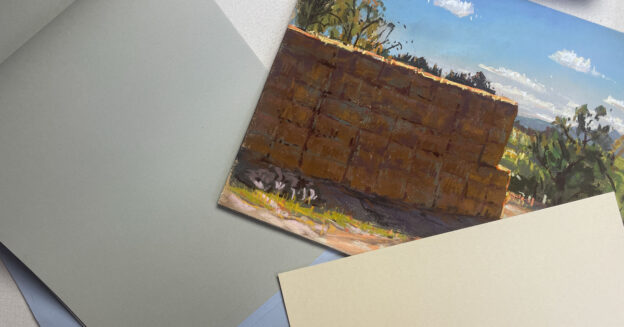



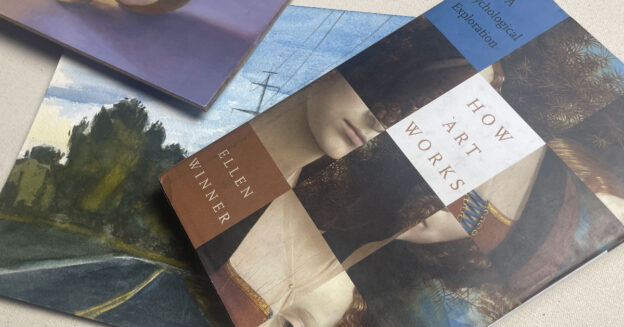


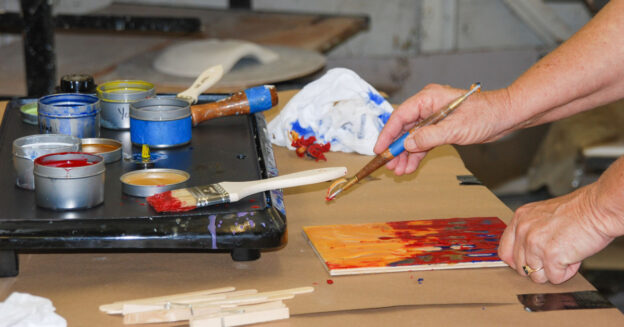
Join the Conversation!